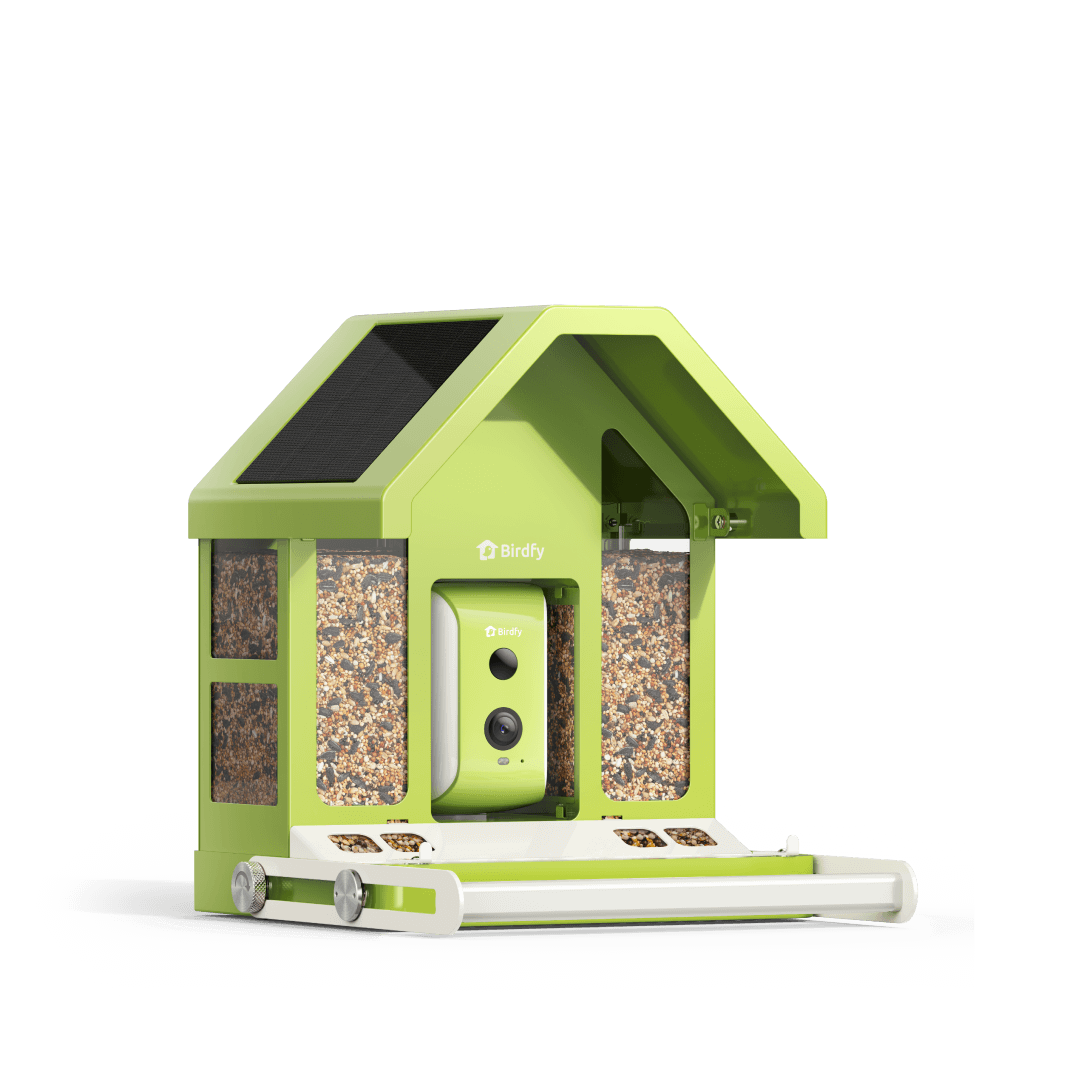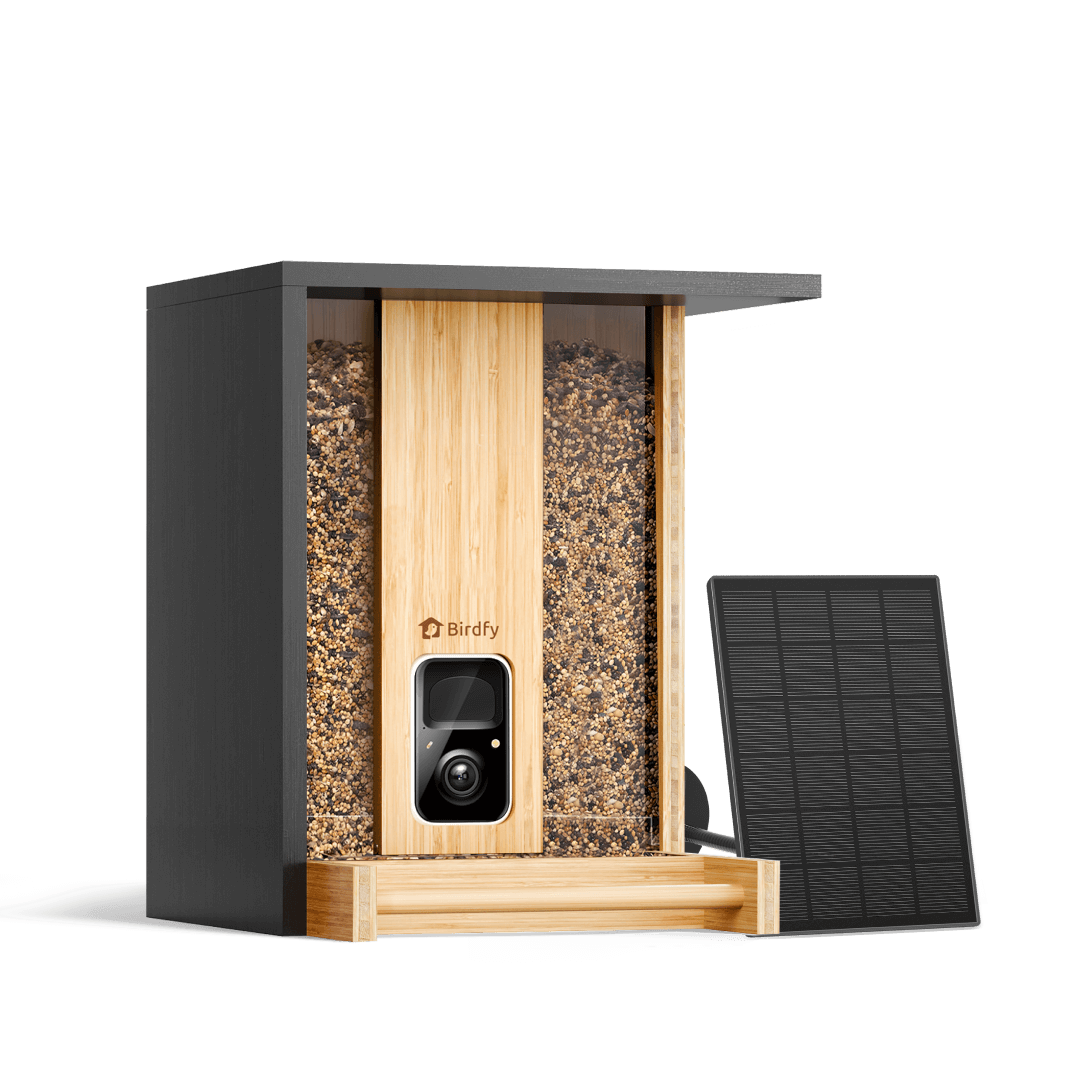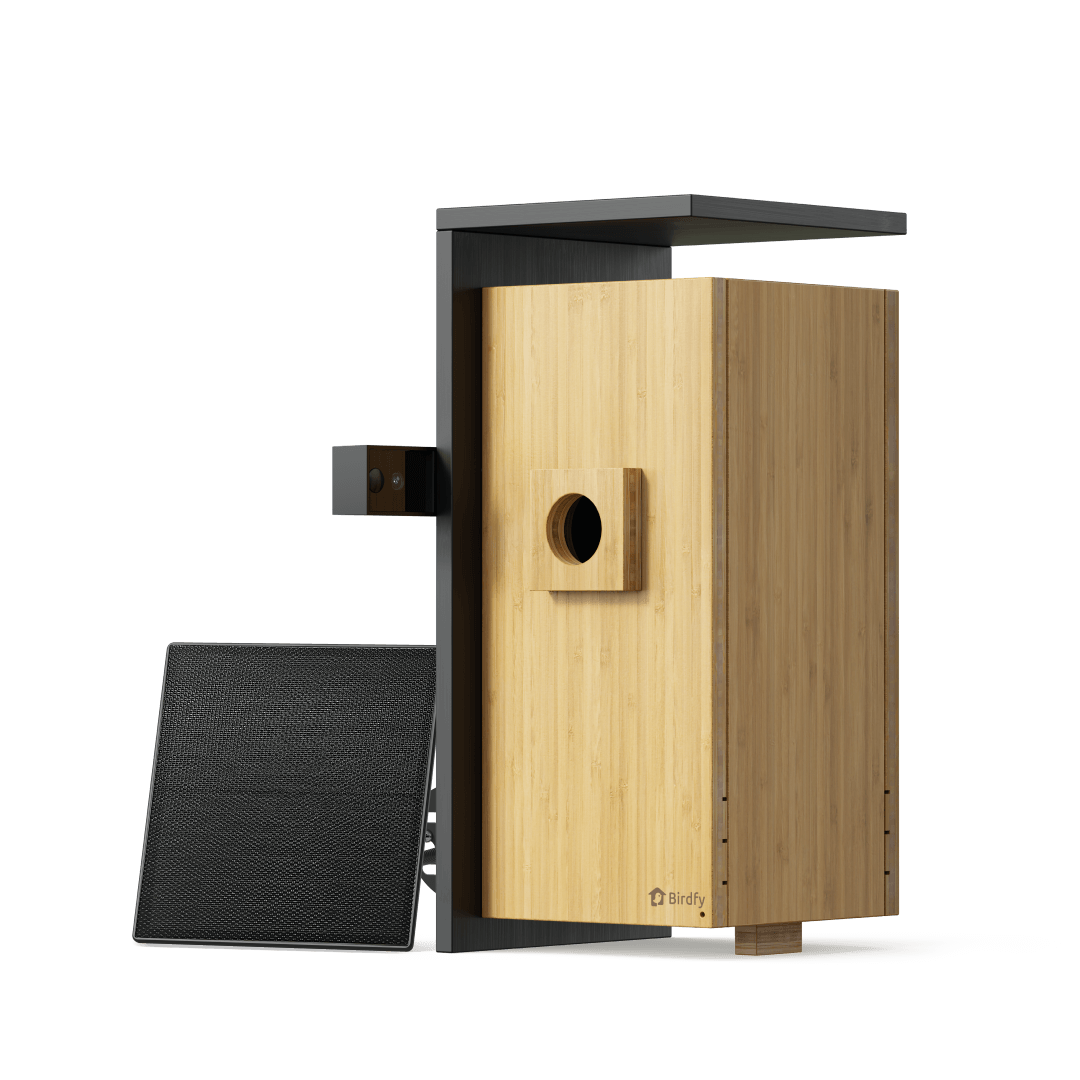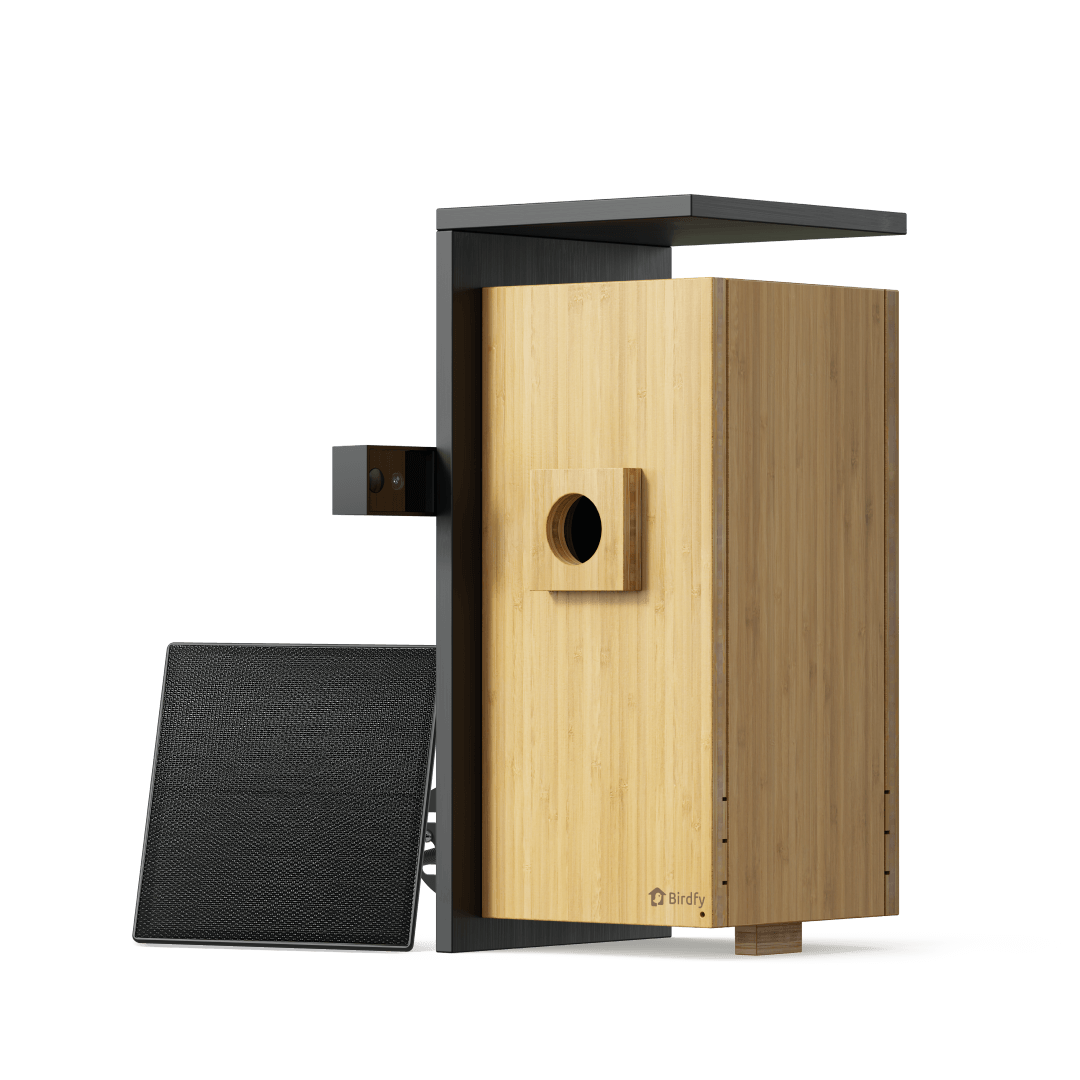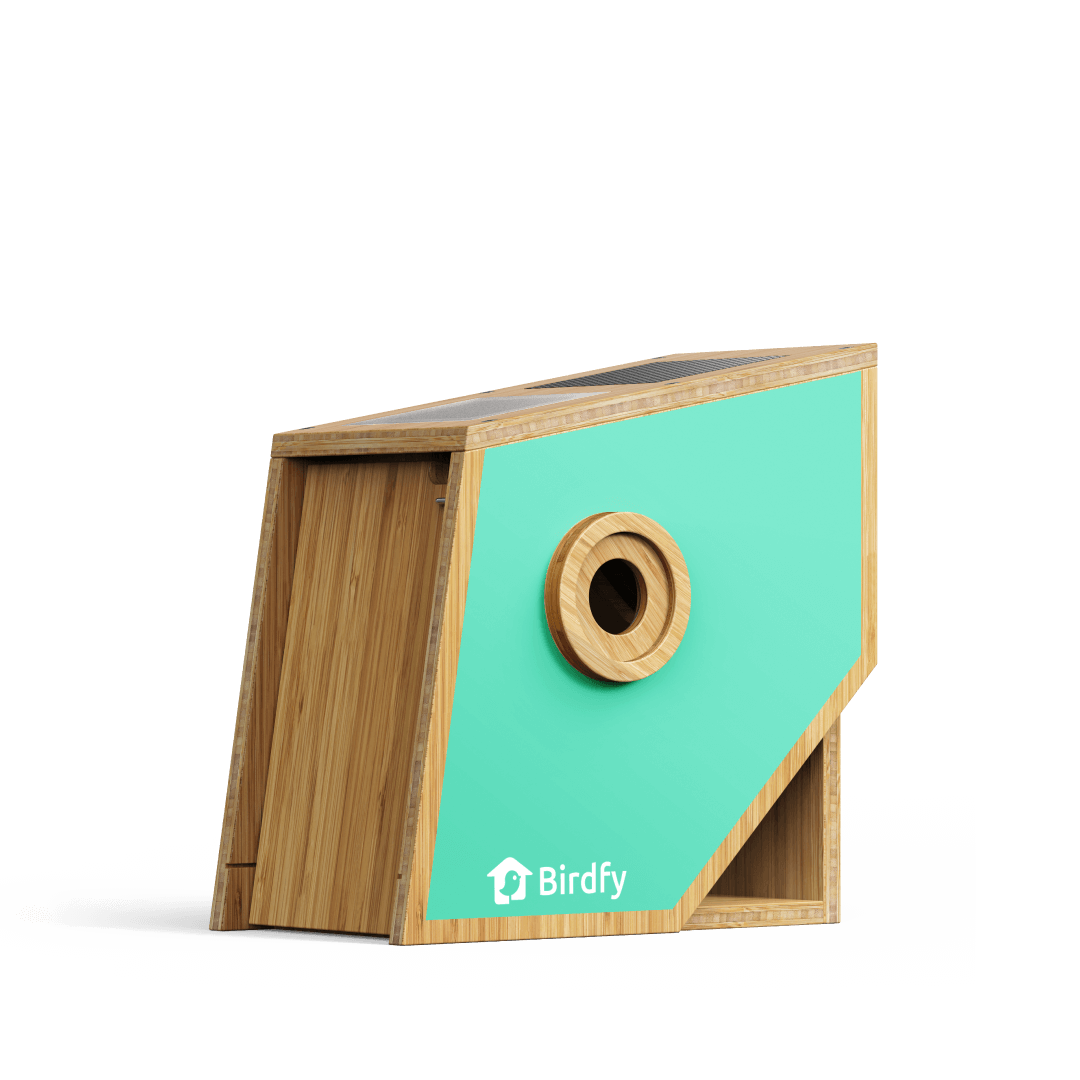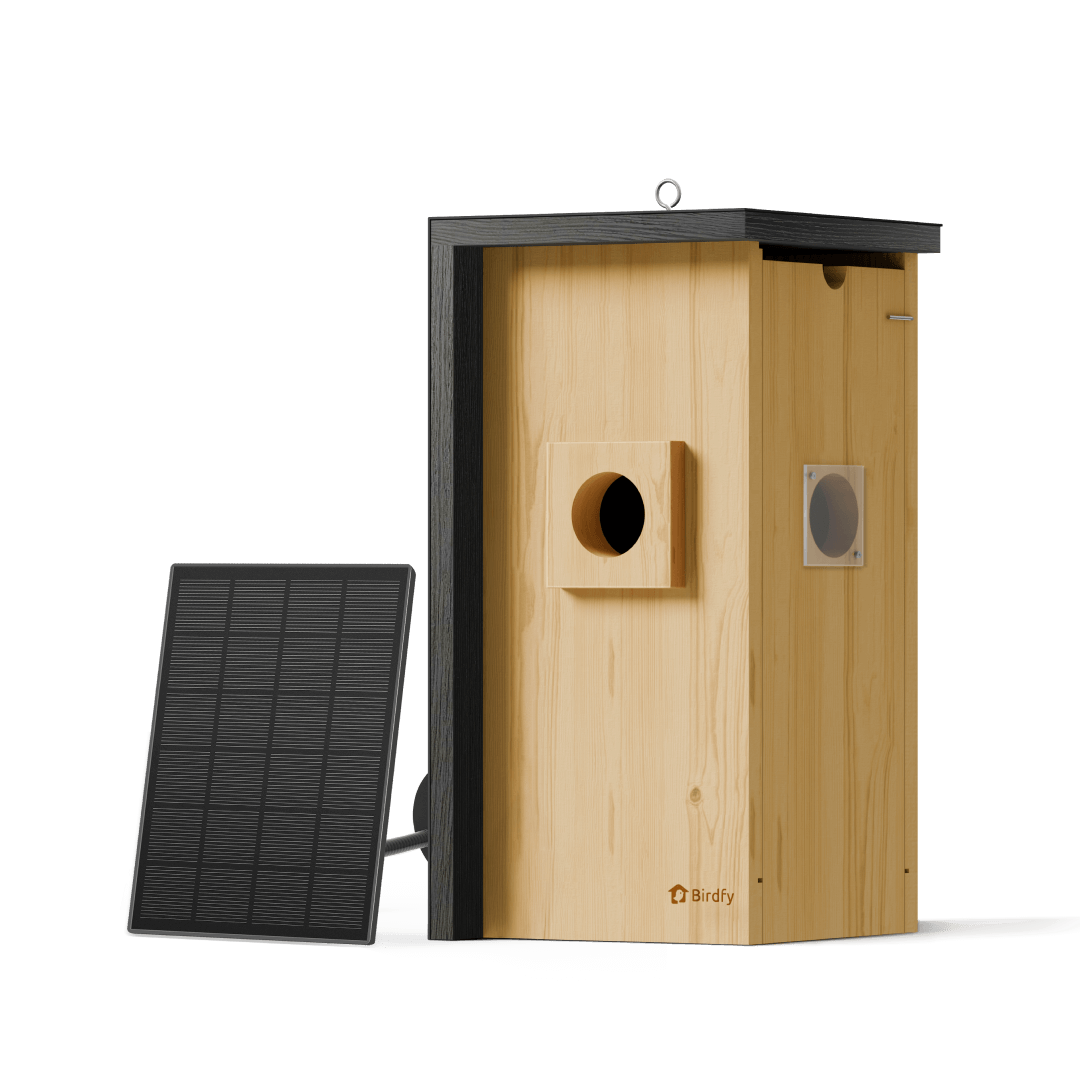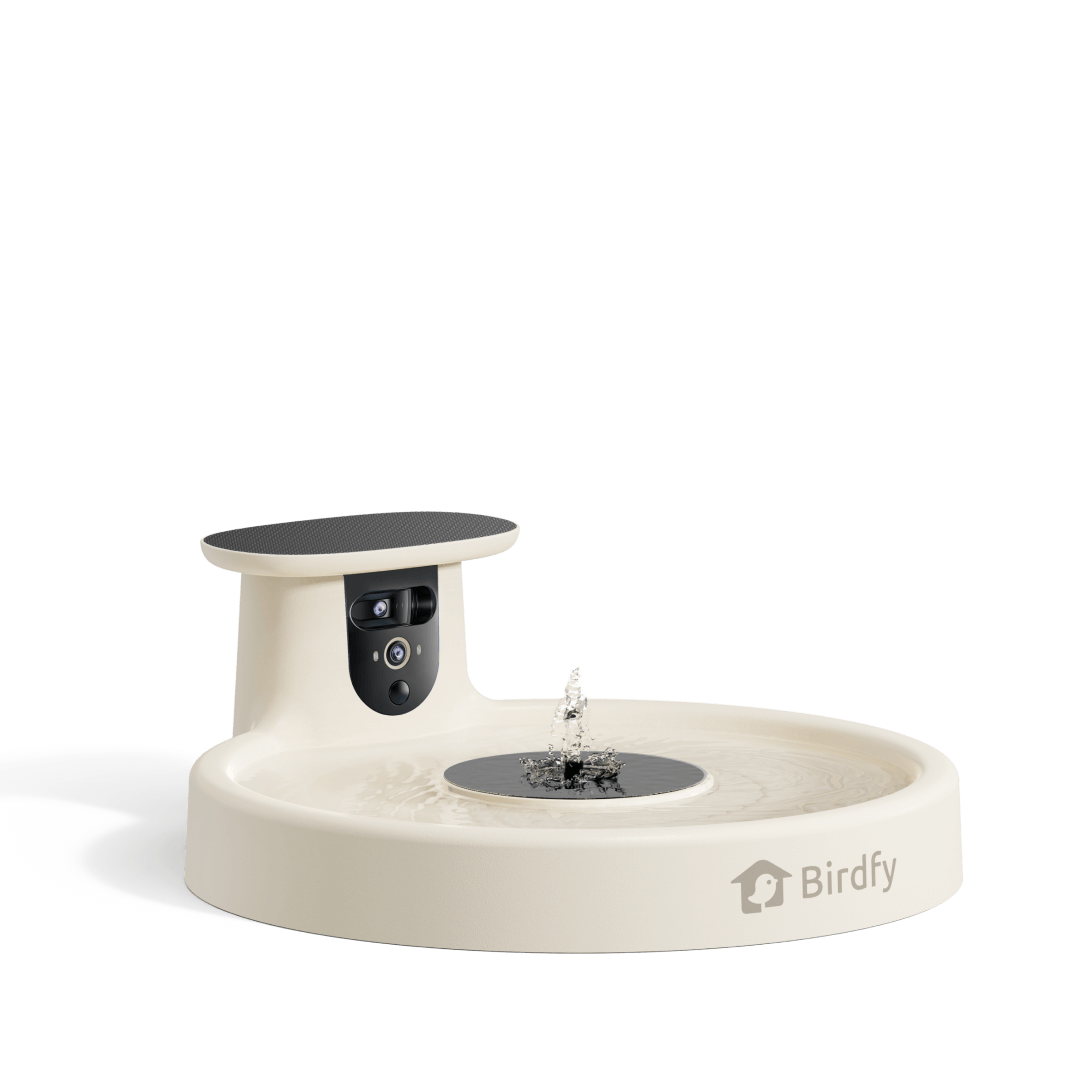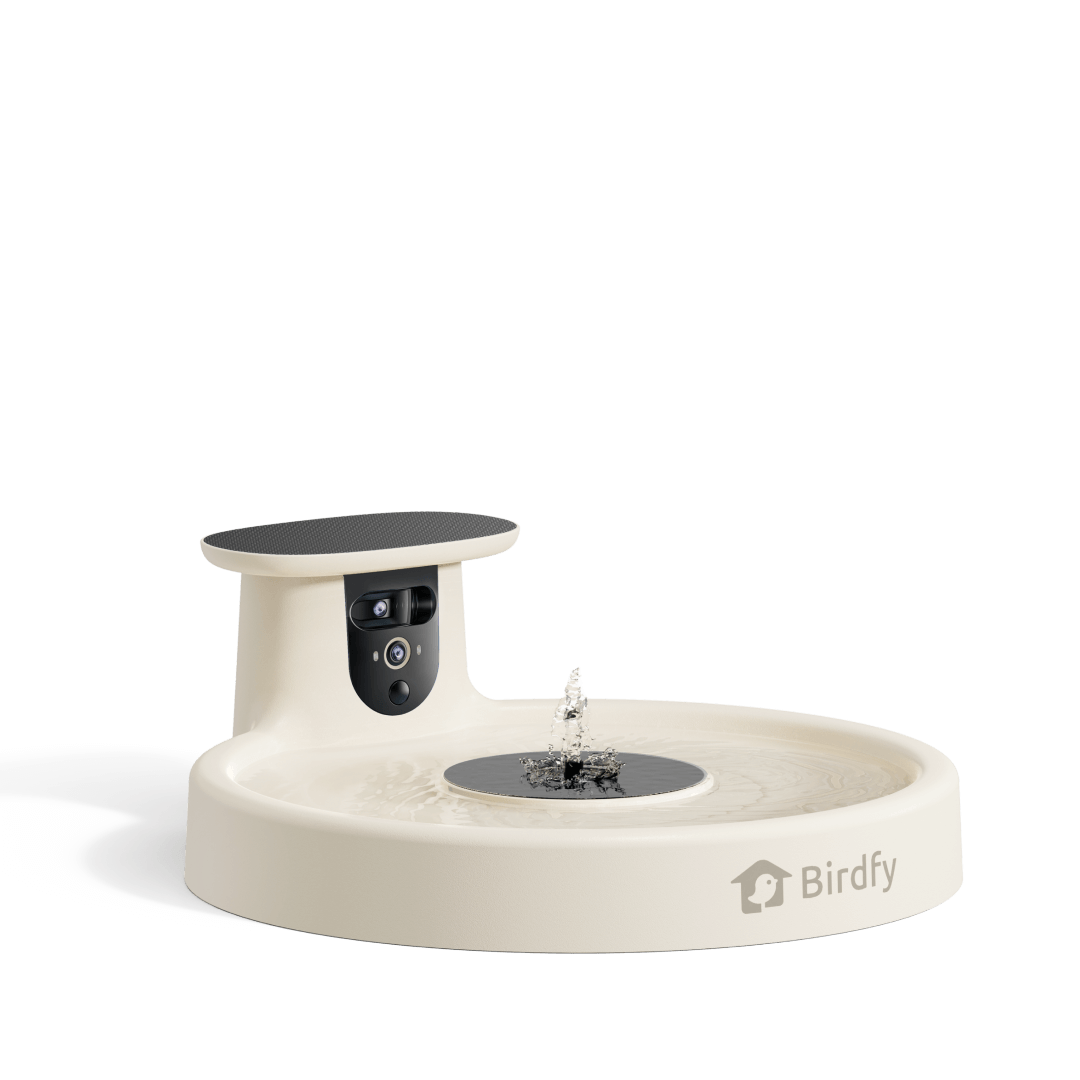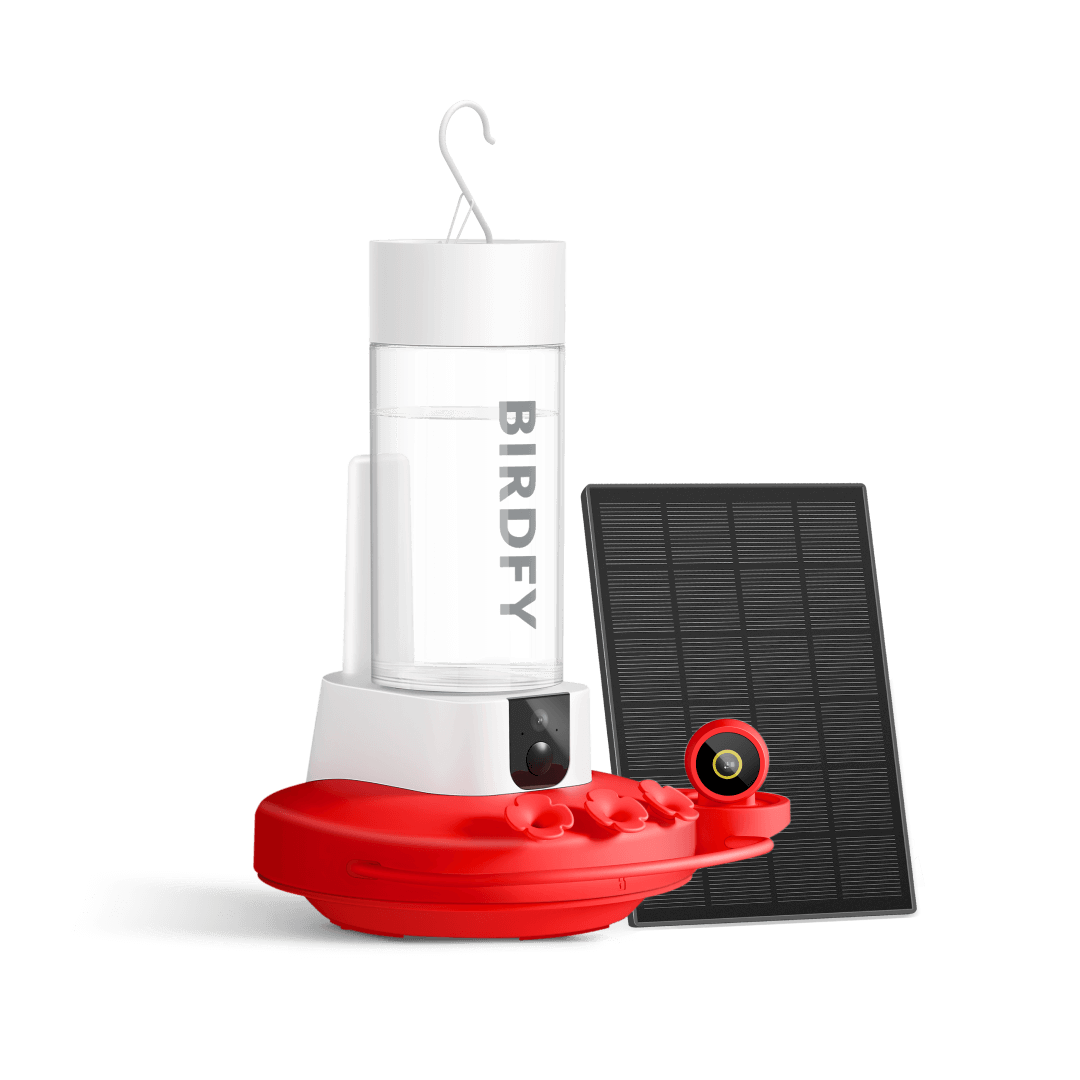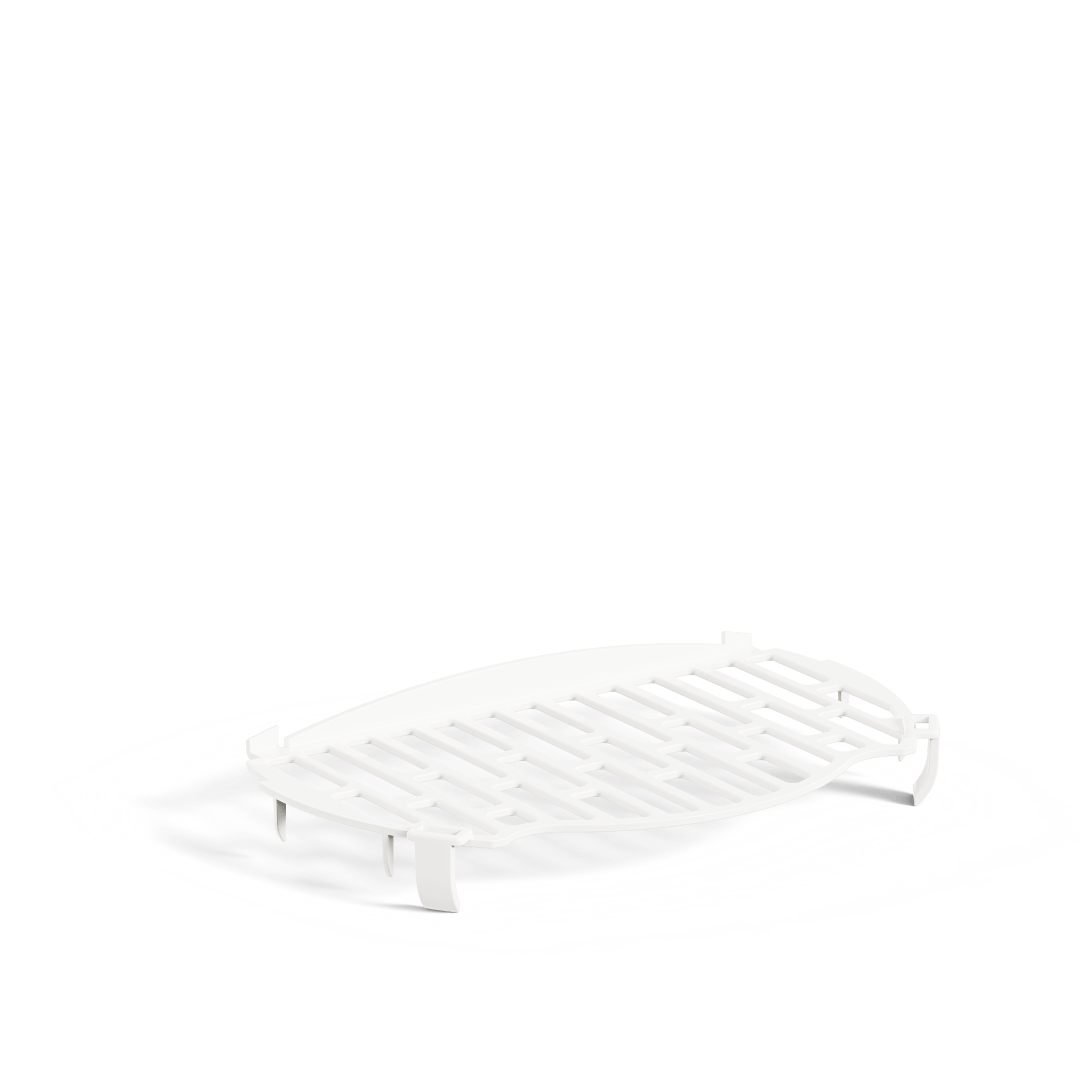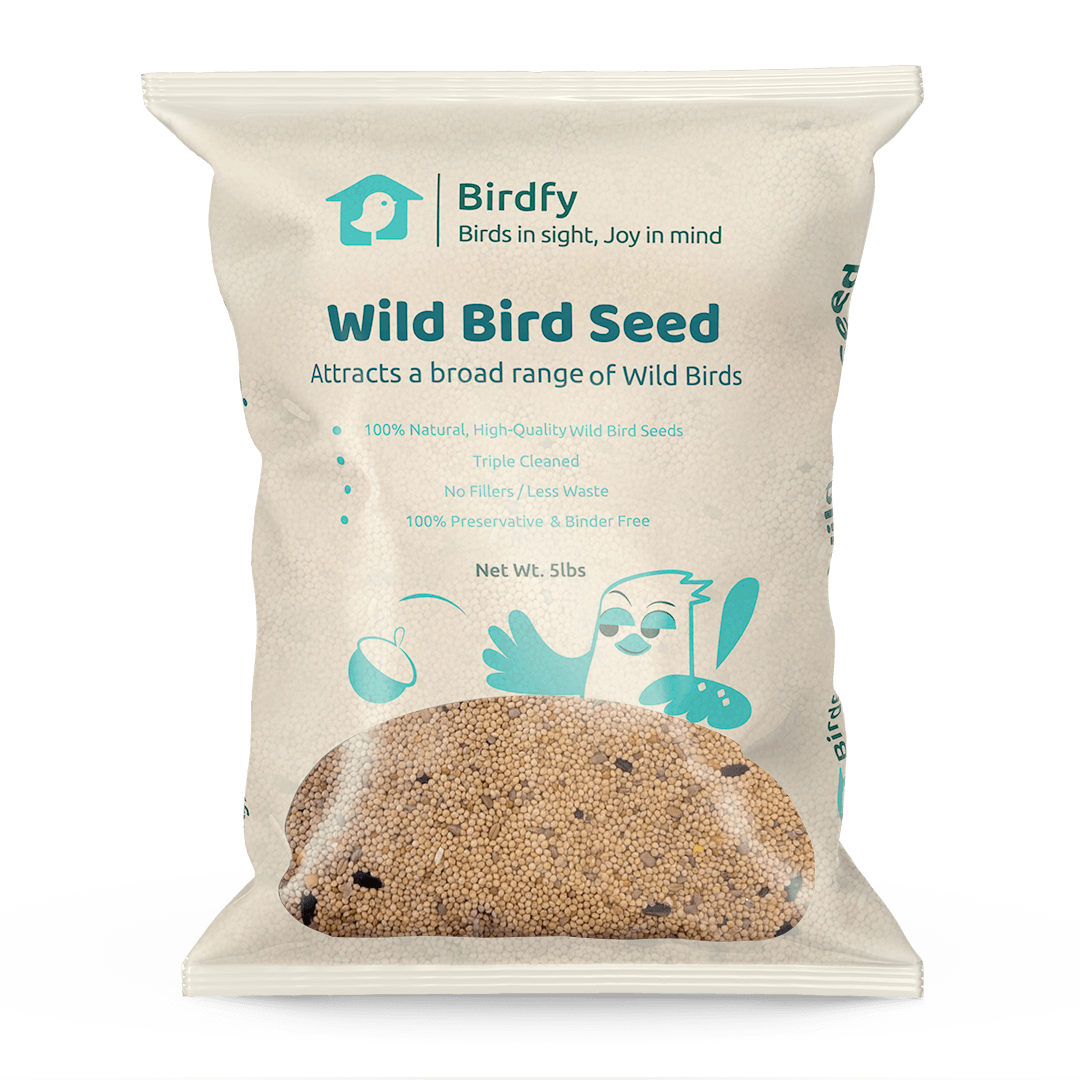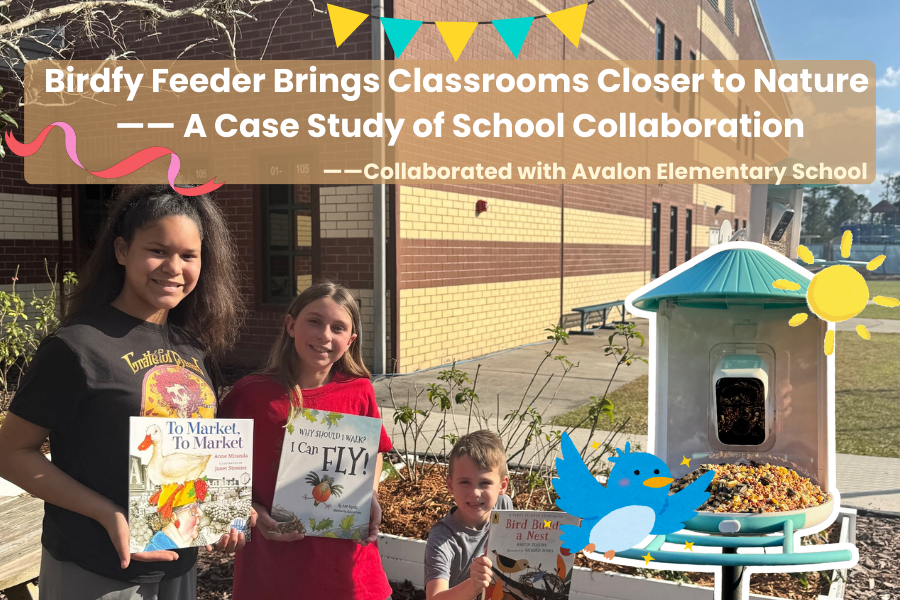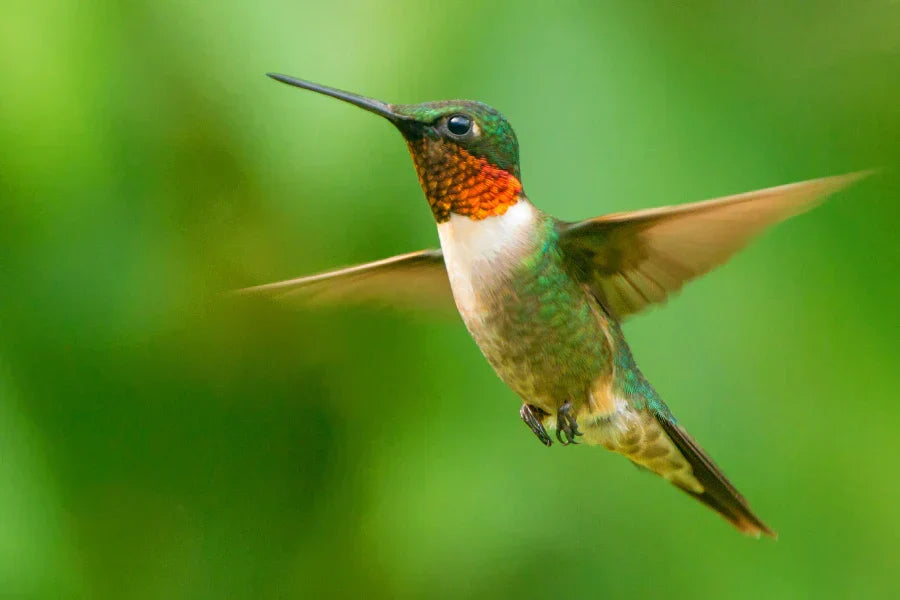Common Backyard Birds of North America
Backyard birdwatching is a rewarding hobby that allows nature enthusiasts to connect with the diverse avian life found throughout North America. With thousands of bird species across the continent, many of them can be found in urban and suburban settings, making it easy for anyone to enjoy the beauty and charm of these feathered creatures. This article will delve into some of the most common backyard birds in North America, their characteristics, behaviors, and tips for attracting them to your yard.
American Robin (Turdus migratorius)

Description
The American robin is easily recognizable with its bright orange-red breast, grayish-brown back, and cheerful song. Males and females are similar in appearance, but males are slightly larger. They are about 9 to 11 inches long, making them one of the larger songbirds.
Habitat
Robins thrive in a variety of habitats, including gardens, parks, and woodlands. They prefer open spaces with trees and shrubs for nesting.
Behavior and Diet
American robins are known for their foraging behavior, often seen hopping on the ground in search of worms, insects, and berries. They typically feed on earthworms and grubs in spring and summer, switching to fruits and berries in the fall and winter, such as holly and juniper. They’re also commonly seen singing during the early morning hours, heralding the arrival of spring.
Attracting Robins
To attract American robins to your backyard, provide a mix of fruits, such as apples, grapes, and berries. Creating a lawn or garden area where they can forage for worms and insects will also entice them.
Northern Cardinal (Cardinalis cardinalis)

Description
The Northern cardinal is one of the most recognizable birds in North America, especially the bright red males. Females are a more subdued brown with reddish tinges on their wings, tail, and crest. They measure about 8 to 9 inches in length.
Habitat
Cardinals are versatile and can adapt to a range of habitats, including woodlands, gardens, and shrubby areas.
Behavior and Diet
These birds are known for their distinctive, clear whistles and songs. They are primarily seed eaters, favoring sunflower seeds, safflower seeds, and fruits. Cardinals are also known to eat insects, especially during the nesting season when they need protein for their young.
Attracting Cardinals
To attract Northern cardinals, offer a variety of seeds, particularly sunflower seeds, in platform feeders. Providing dense shrubs for nesting and cover will also make your yard more inviting.
Blue Jay (Cyanocitta cristata)

Description
Blue jays are striking birds with a vibrant blue plumage, white underparts, and a distinctive black collar around their neck. They are about 9 to 12 inches long and are known for their intelligence and complex social behavior.
Habitat
Blue jays prefer wooded areas but are also commonly found in suburban gardens and parks.
Behavior and Diet
Blue jays are omnivorous, feeding on a wide range of foods, including acorns, seeds, insects, and fruits. They are known for their loud calls and can mimic the sounds of other birds. Blue jays often store food for later use, showing remarkable problem-solving abilities.
Attracting Blue Jays
To attract blue jays, provide a feeder filled with peanuts in the shell or sunflower seeds. They also enjoy suet, especially in winter.
House Sparrow (Passer domesticus)

Description
The house sparrow is a small, plump bird with a short tail and a stout bill. Males have a gray crown, white cheeks, and a black bib, while females are brown with less distinct markings. They are about 6 to 7 inches long.
Habitat
House sparrows are highly adaptable and thrive in urban and suburban environments, often found in parks, gardens, and near human habitation.
Behavior and Diet
These birds are social and can often be seen in flocks. They primarily feed on seeds, grains, and scraps of food left by humans. They are opportunistic feeders and will readily scavenge for food.
Attracting House Sparrows
To attract house sparrows, provide a mix of seeds, especially millet and cracked corn. Bird feeders and open feeding areas near human activity are ideal for these birds.
Mourning Dove (Zenaida macroura)

Description
The mourning dove is a slender bird with a long tail and a soft, grayish-brown plumage. They are about 9 to 13 inches long and have a distinctive cooing call.
Habitat
Mourning doves can be found in urban and rural areas, favoring open woodlands, fields, and gardens.
Behavior and Diet
Mourning doves primarily feed on seeds and grains, often seen foraging on the ground. They are knownto be gentle and somewhat shy, often taking flight at the slightest disturbance. Their soft coos and gentle demeanor make them a favorite among backyard birdwatchers.
Attracting Mourning Dove
To attract mourning doves to your backyard, provide a ground feeder or scatter seeds on the ground. They enjoy millet, sunflower seeds, and other small seeds. Having open areas where they can forage and perch is also beneficial.
Chickadee (Poecile atricapillus)

Description
The black-capped chickadee is a small, active bird with a distinctive black cap and bib, white cheeks, and a grayish body. They are about 4.5 to 5.5 inches long and are known for their curious nature.
Habitat
Chickadees are commonly found in forests, parks, and suburban areas, particularly near coniferous trees.
Behavior and Diet
Chickadees are known for their friendly behavior and are often willing to approach humans. They primarily eat insects and seeds, with a preference for sunflower seeds and peanuts. Their distinctive “chick-a-dee-dee-dee” call is a hallmark of their presence.
Attracting Cardinals
To attract black-capped chickadees, offer a bird feeder filled with sunflower seeds, peanuts, or suet. Providing natural cover with shrubs and trees will also encourage them to visit your yard.
Downy Woodpecker (Picoides pubescens)

Description
The downy woodpecker is a small woodpecker, characterized by its black and white plumage, with males sporting a small red patch on the back of their heads. They measure about 6 to 7 inches long.
Habitat
These woodpeckers are adaptable and can be found in a variety of habitats, including forests, parks, and backyards with trees.
Behavior and Diet
Downy woodpeckers primarily feed on insects found in tree bark, such as beetles and larvae, as well as seeds and berries. They are known for their characteristic drumming on trees and are often seen clinging to vertical surfaces.
Attracting Cardinals
To attract downy woodpeckers, offer suet feeders and provide trees or dead branches where they can forage. They are also attracted to peanut butter and seeds.
American Goldfinch (Spinus tristis)

Description
The American goldfinch is a small songbird known for its vibrant yellow plumage in males during the breeding season. Females are a more muted yellow-brown. They measure about 4.5 to 5.5 inches long.
Habitat
Goldfinches are commonly found in open fields, gardens, and weedy areas, particularly where thistles and sunflowers grow.
Behavior and Diet
American goldfinch birds are primarily seed-eaters, favoring seeds from a variety of plants, including dandelions, sunflowers, and thistles. They are acrobatic feeders and are often seen hanging upside down to reach seeds.
Attracting Cardinals
To attract American goldfinches, provide thistle (nyjer) seed feeders. They are also drawn to sunflowers in gardens, and offering fresh water will enhance your backyard's appeal.
Red-winged Blackbird (Agelaius phoeniceus)

Description
The red-winged blackbird is easily identifiable by the males' glossy black bodies and distinctive red and yellow shoulder patches. Females are brown and streaked, making them less conspicuous. They measure about 7 to 9 inches long.
Habitat
These birds are commonly found in wetlands, marshes, and open fields, often near water sources.
Behavior and Diet
Red-winged blackbirds are known for their distinctive calls, which can be heard during the breeding season. They primarily feed on seeds, insects, and grains. They are also known to be quite territorial during nesting season.
Attracting Cardinals
To attract red-winged blackbirds, create a habitat with tall grasses and reeds. Feeding them is more challenging, as they prefer foraging in the wild, but offering sunflower seeds can help.
Eastern Bluebird (Sialia sialis)

Description
The eastern bluebird is a small thrush with a vibrant blue back and rusty orange chest. They are about 6.5 to 8 inches long and are known for their gentle song.
Habitat
Bluebirds prefer open fields, orchards, and gardens, often nesting in tree cavities or birdhouses.
Behavior and Diet
Eastern bluebirds primarily feed on insects and berries, making them beneficial for controlling pests in gardens. They are known for their graceful flight and are often seen perched on fences or low branches.
Attracting Cardinals
To attract eastern bluebirds, provide birdhouses and open areas for foraging.
Want a Closer Look at These Backyard Birds?
Reading about these beautiful backyard birds is one thing; watching them up close in real time is something else entirely. If you’ve ever wished to get a detailed, uninterrupted view of behaviors, a smart bird feeder like Birdfy Feeder can bring those moments to life, without scaring the birds away.

Birdfy transforms your backyard into a front-row seat for birdwatching
- 1080P HD Wide-Angle Camera: Capture multiple birds at once with crisp feather-level detail.
- AI Bird ID: Instantly identifies 6,000+ bird species with smart recognition.
- Real-Time Alerts: Get instant notifications when birds visit your feeder.
- Hassle-Free Setup: Quick to install, with solar power for long-lasting performance.
- Weather-Resistant: IP65-rated to handle rain, snow, and sun with ease.



